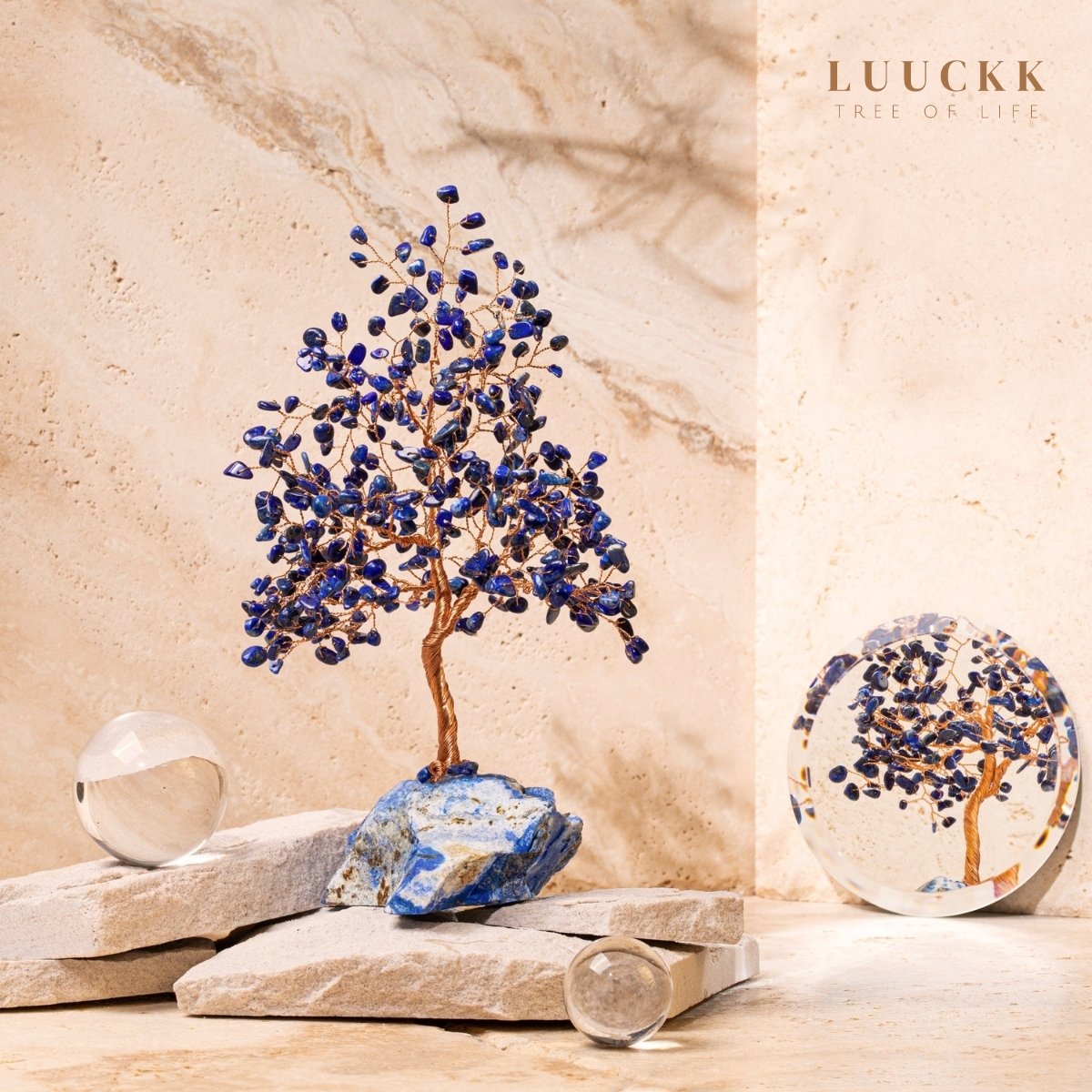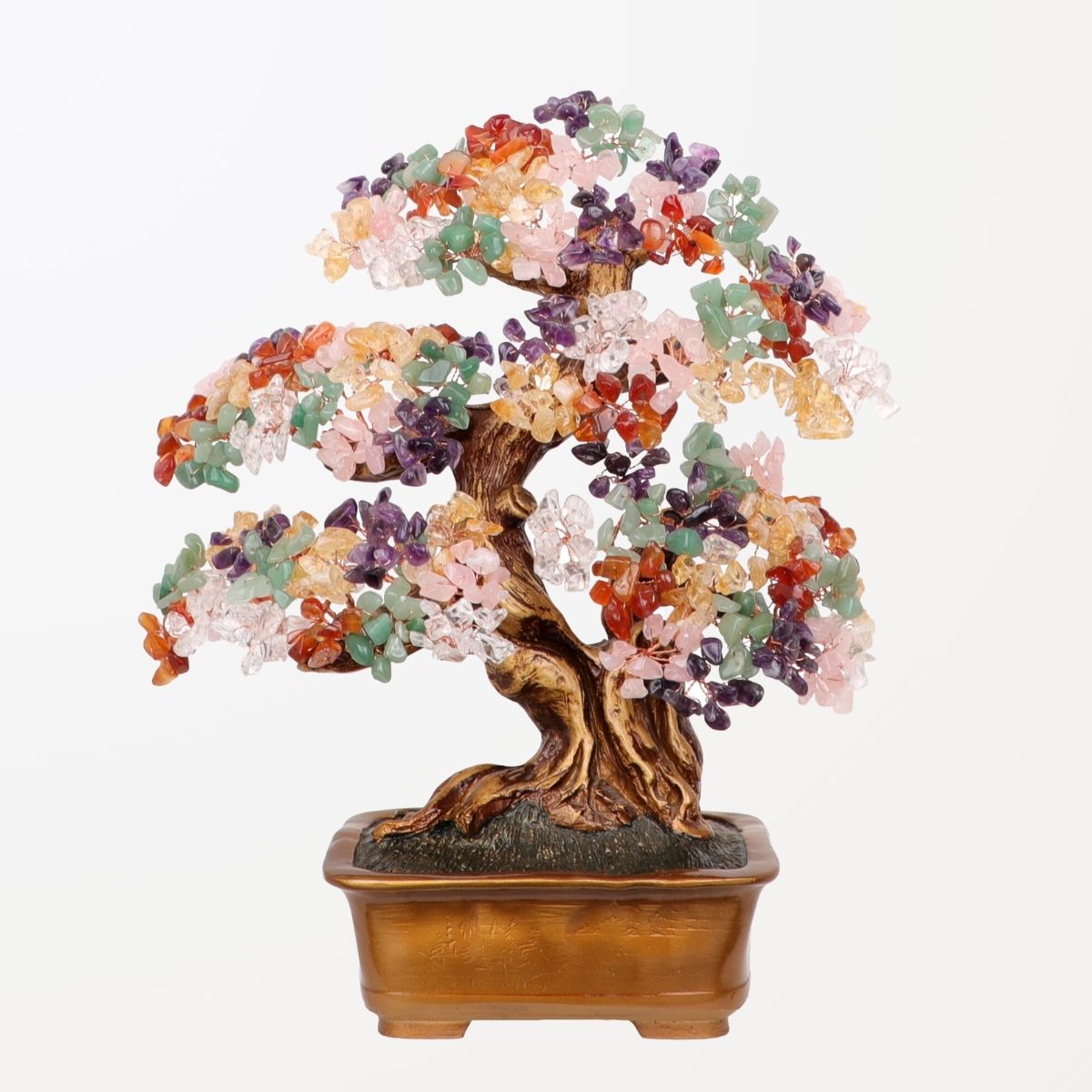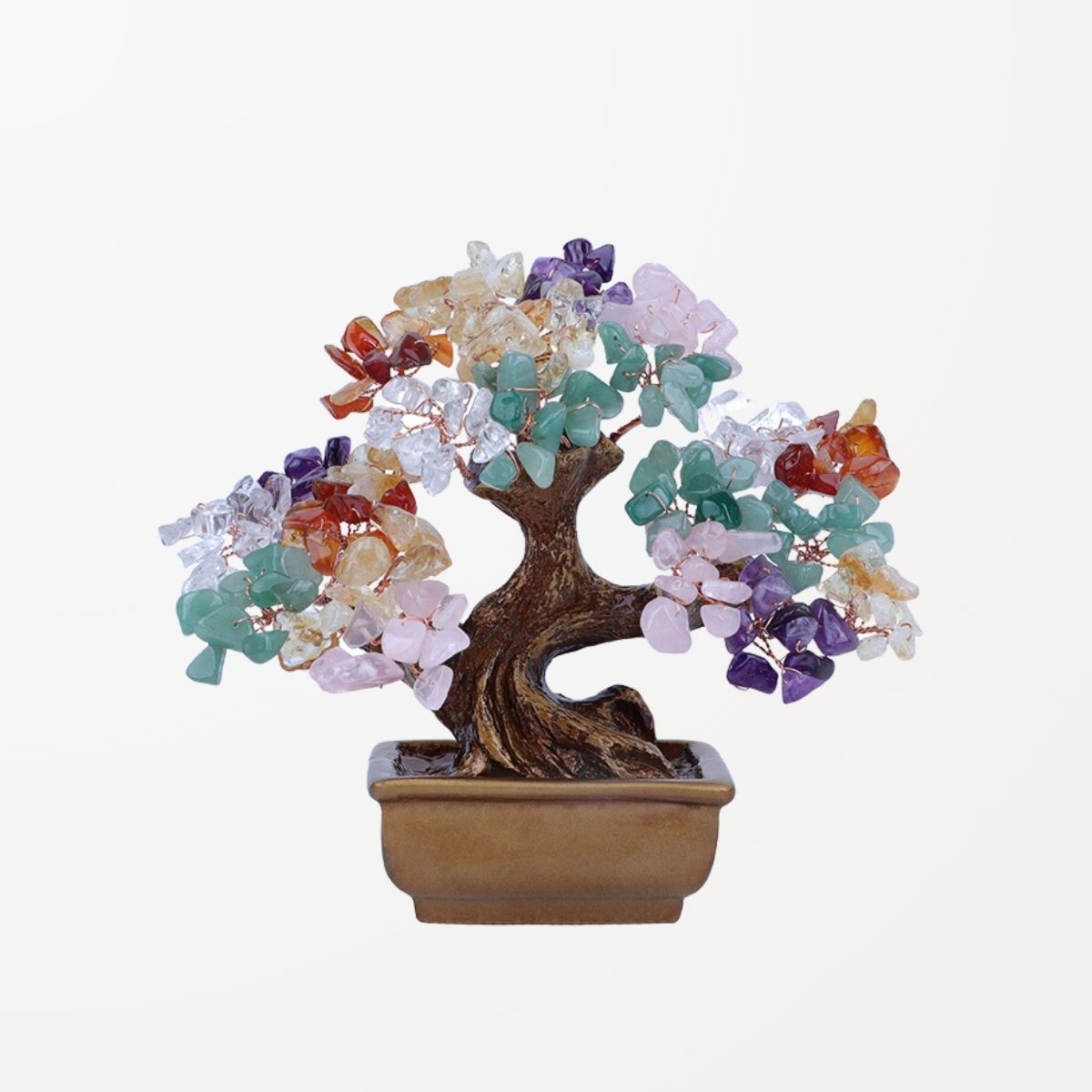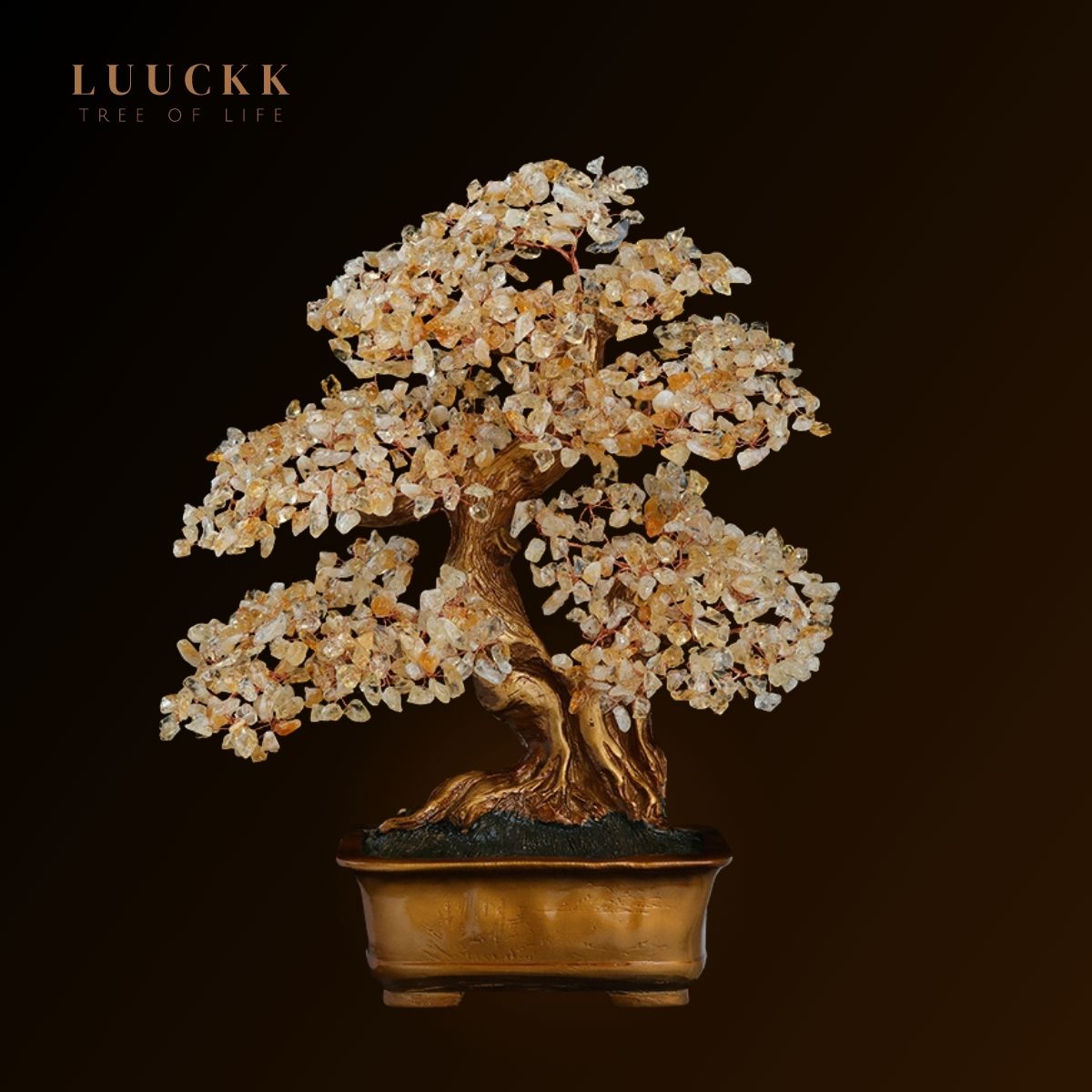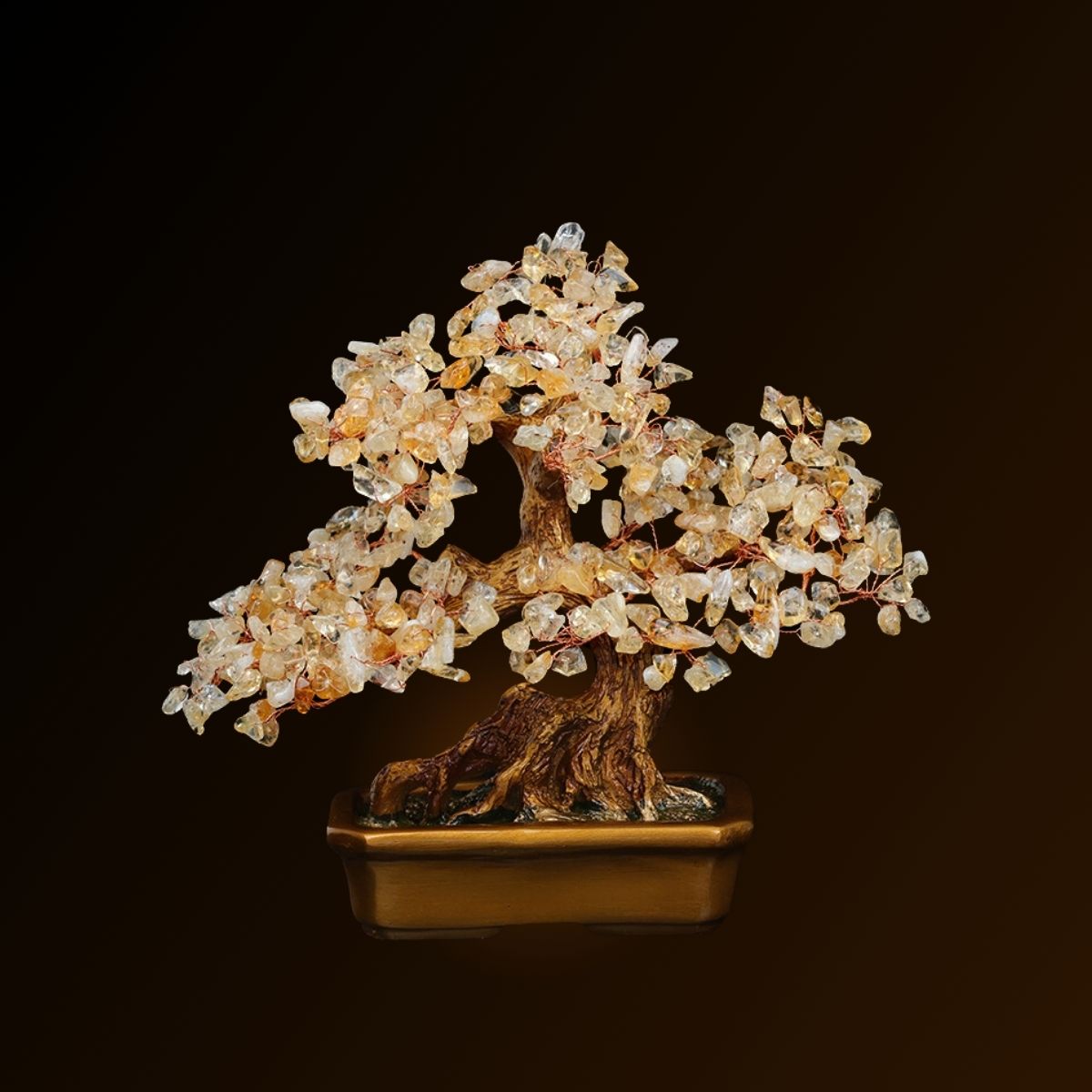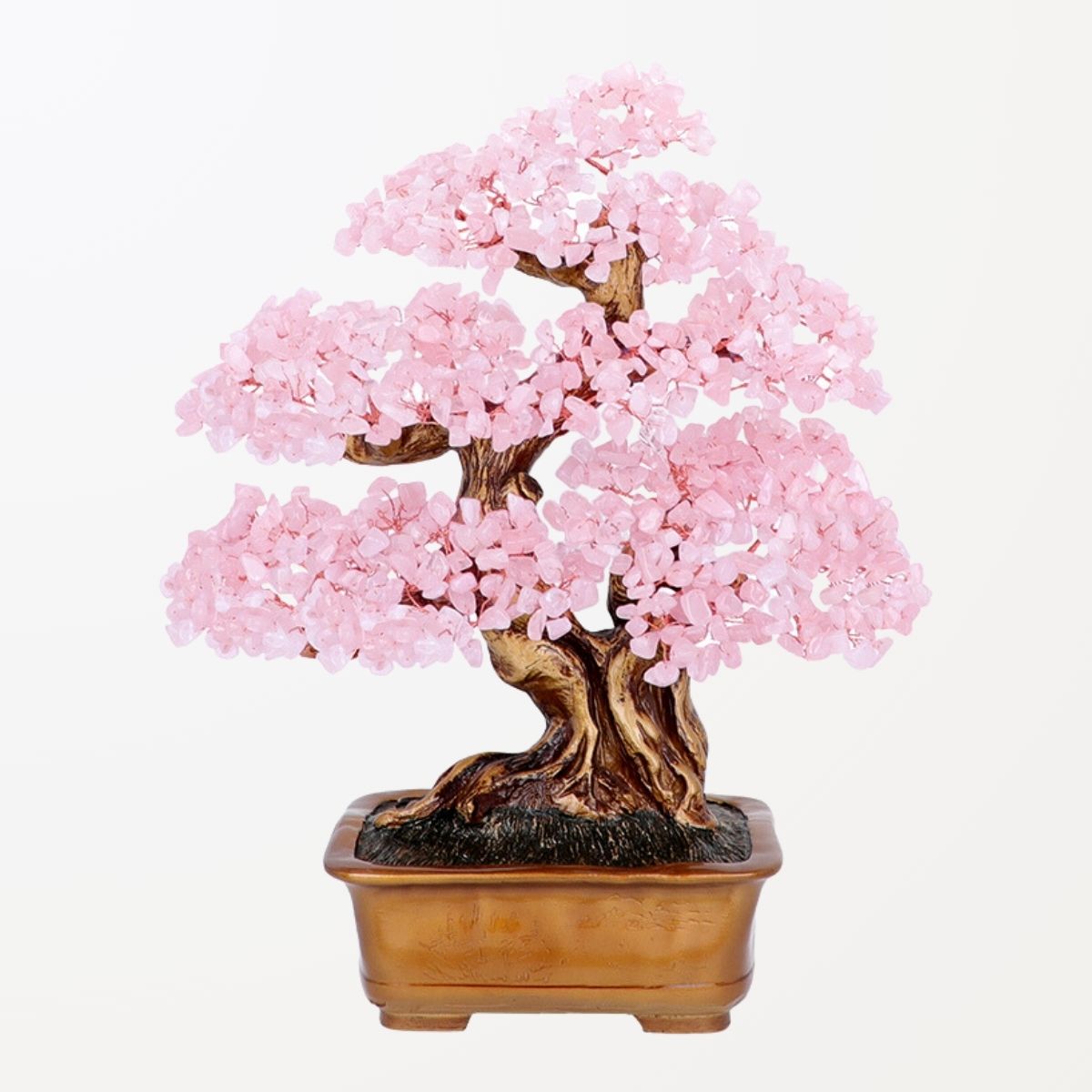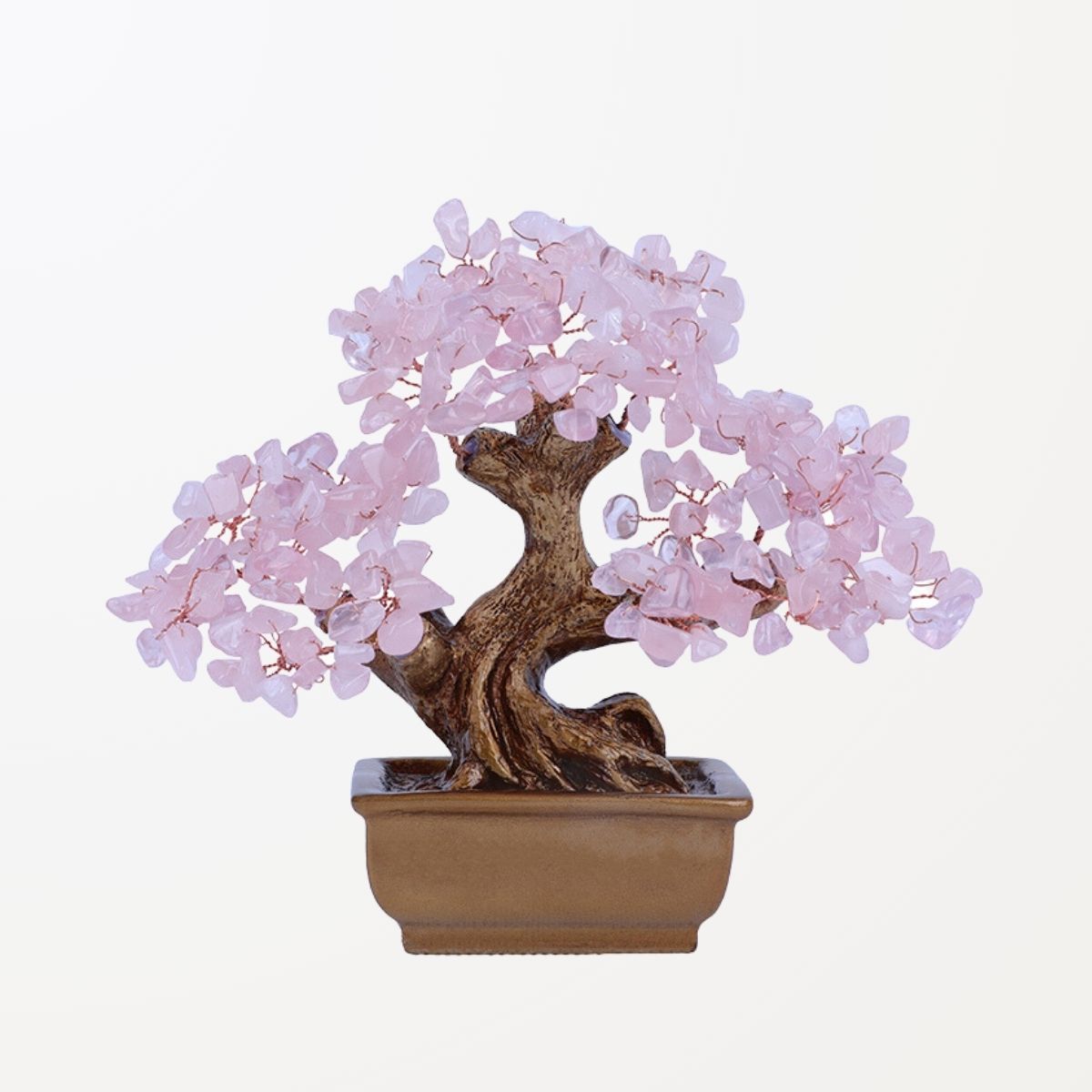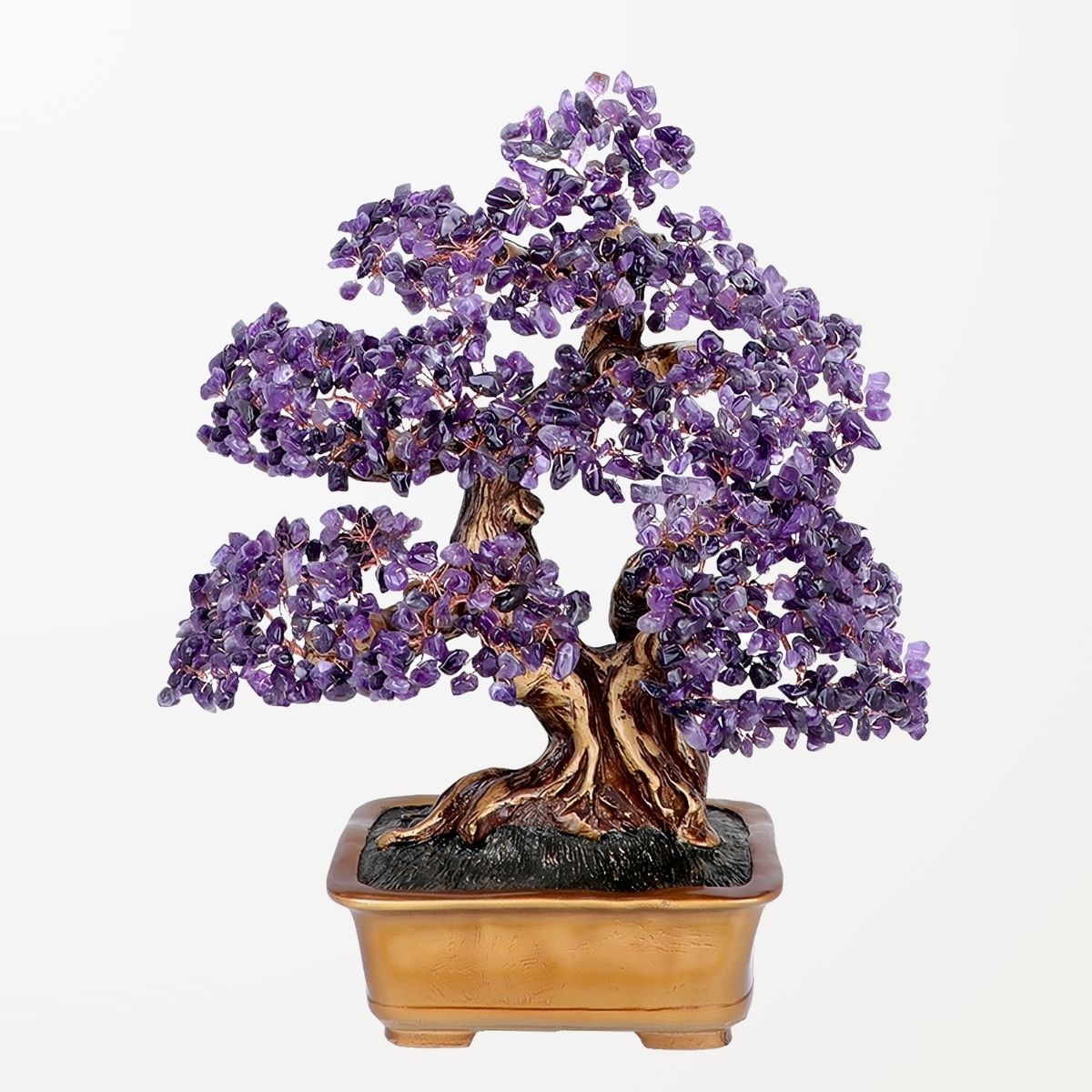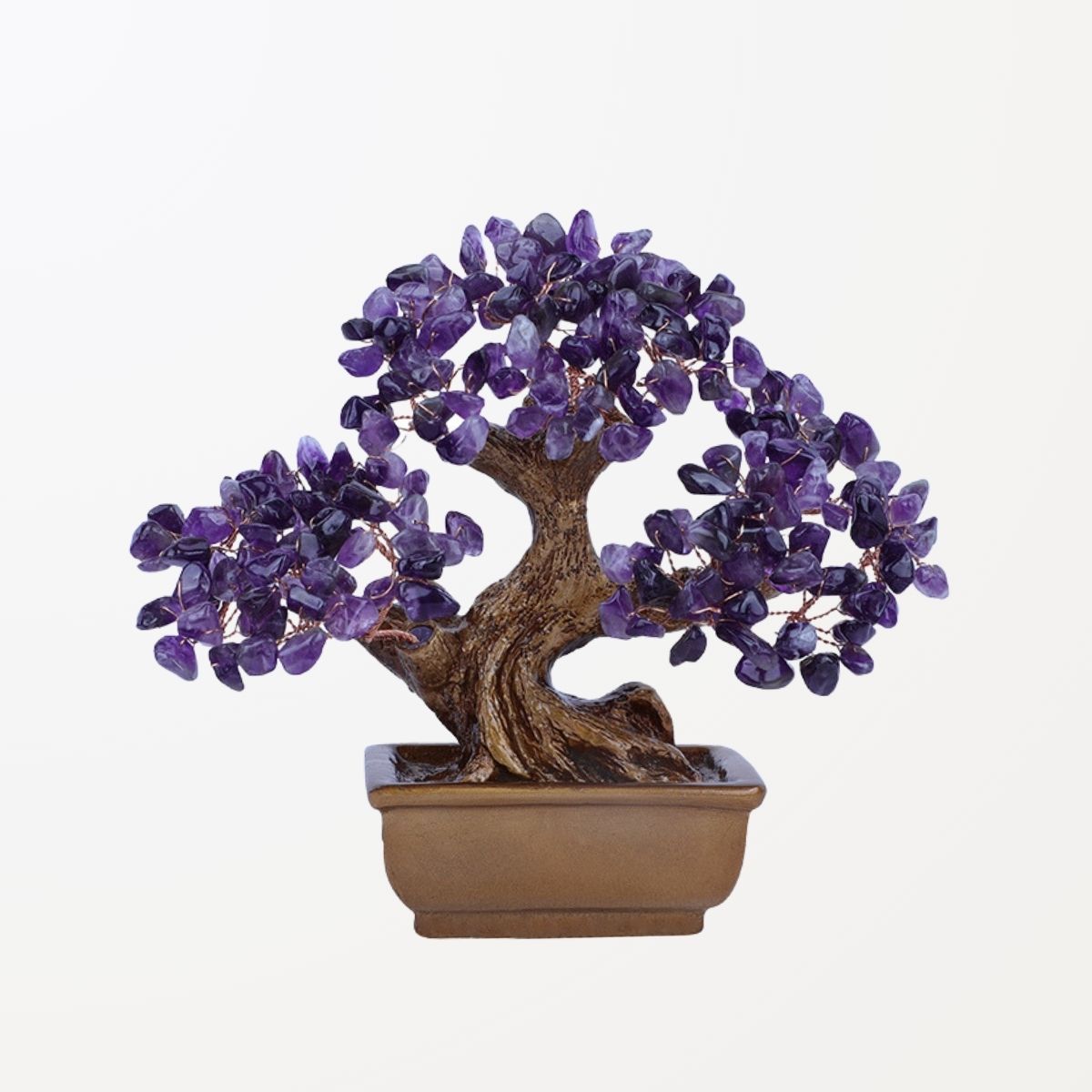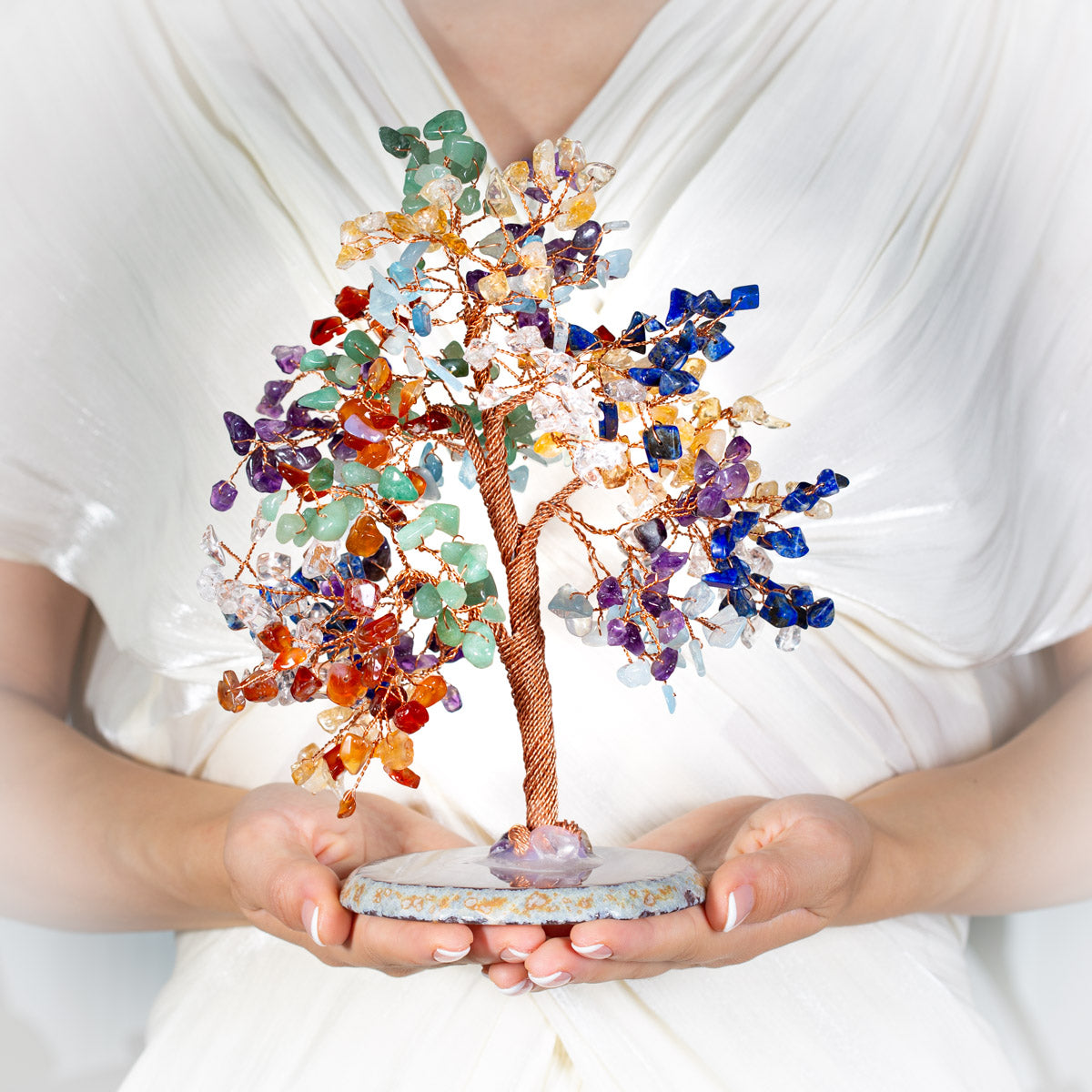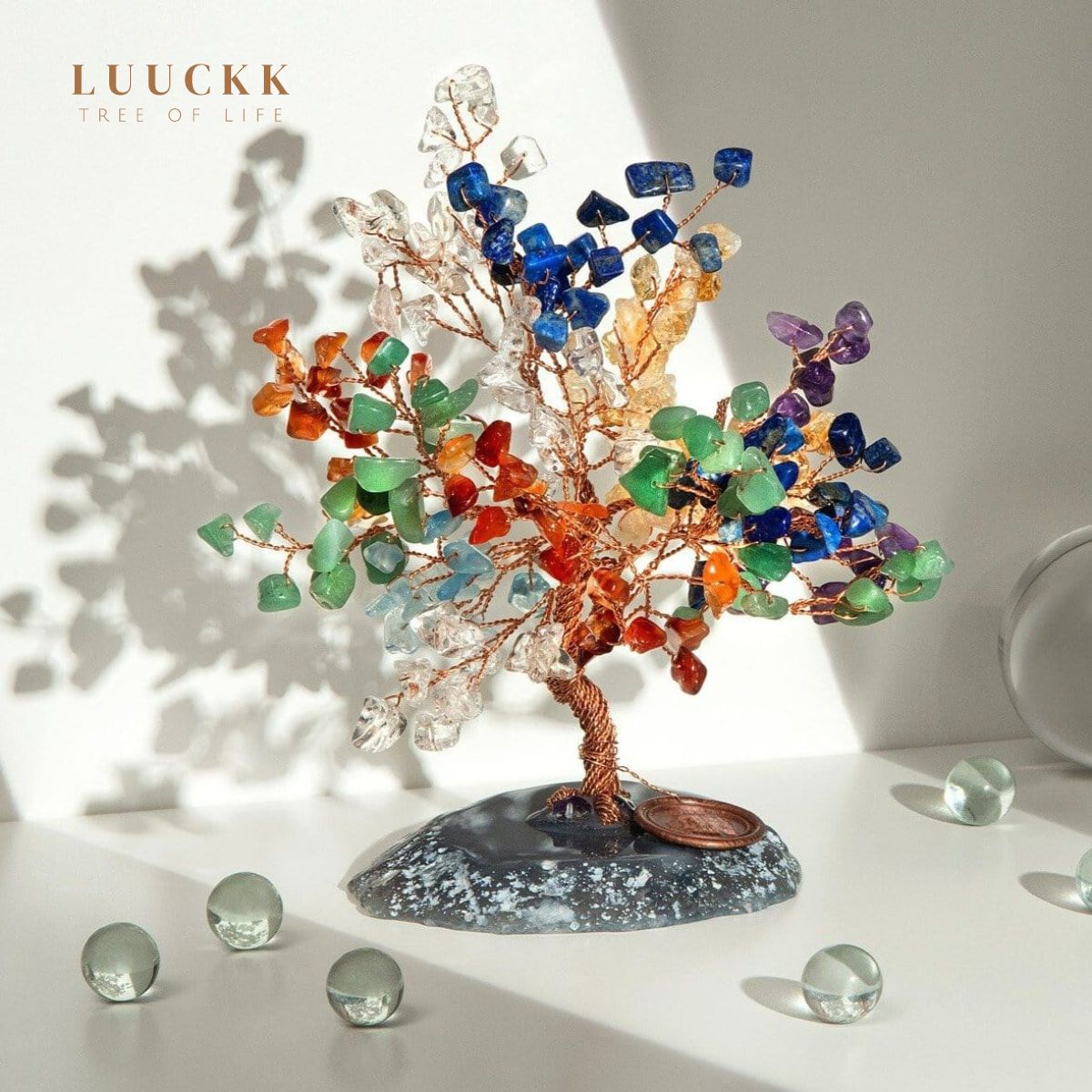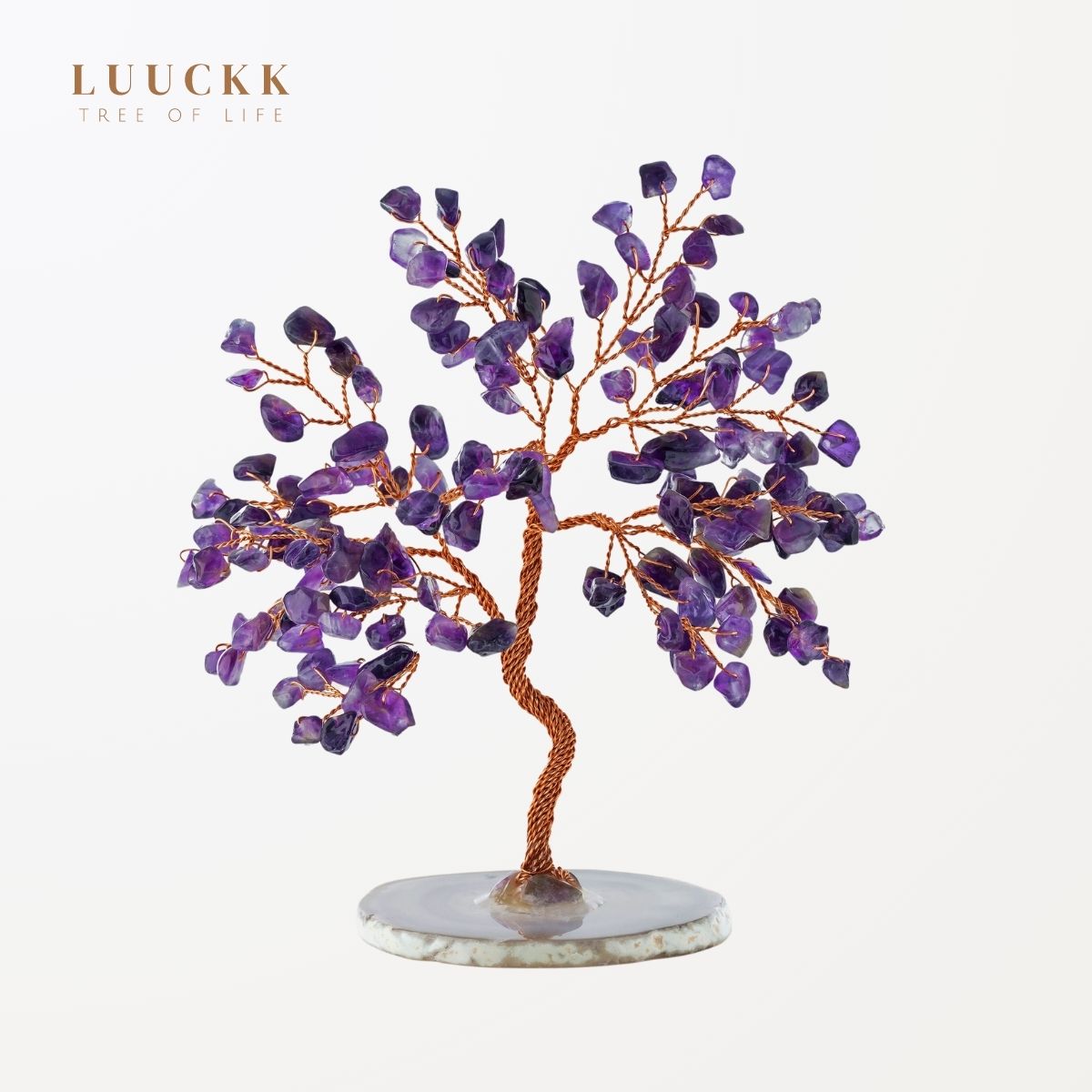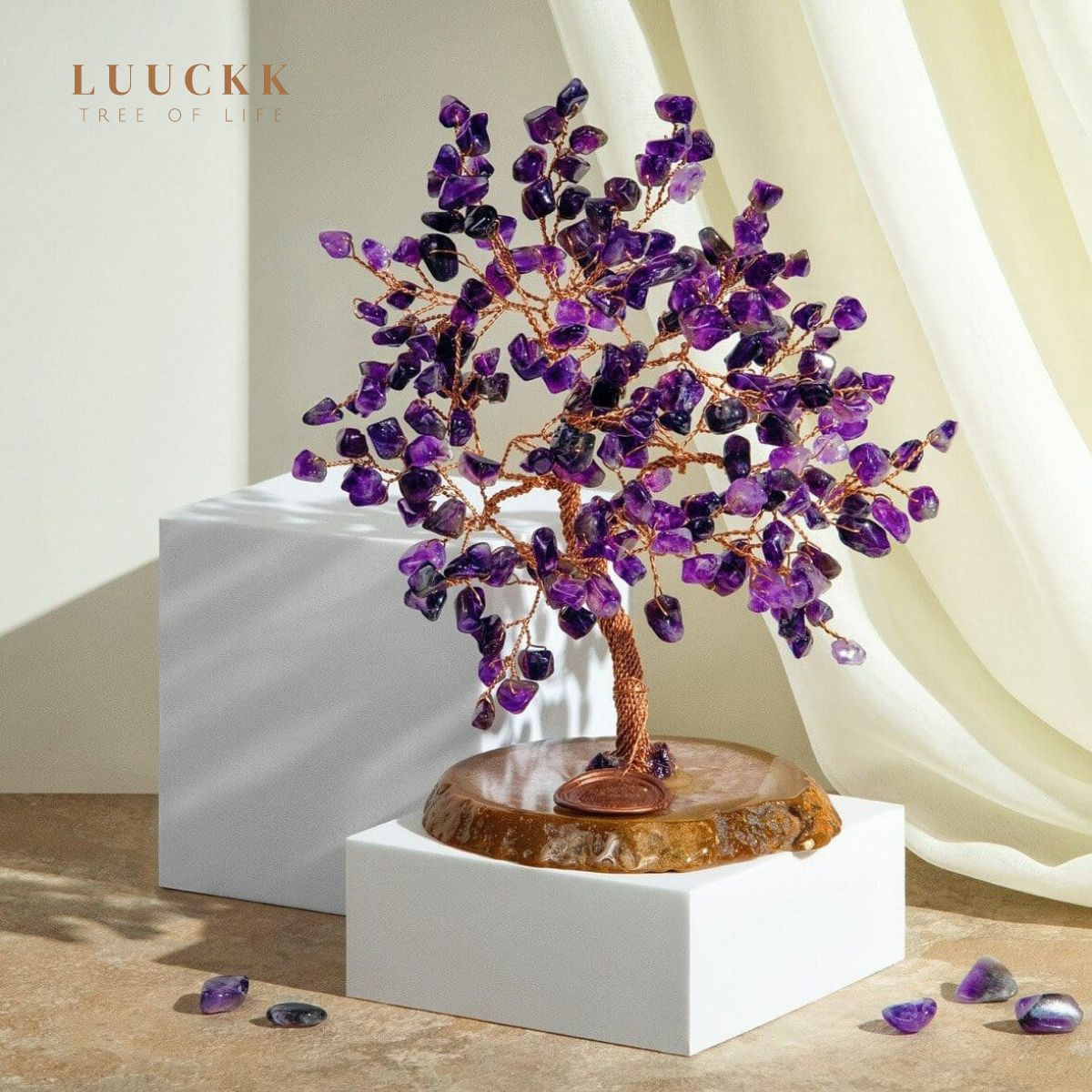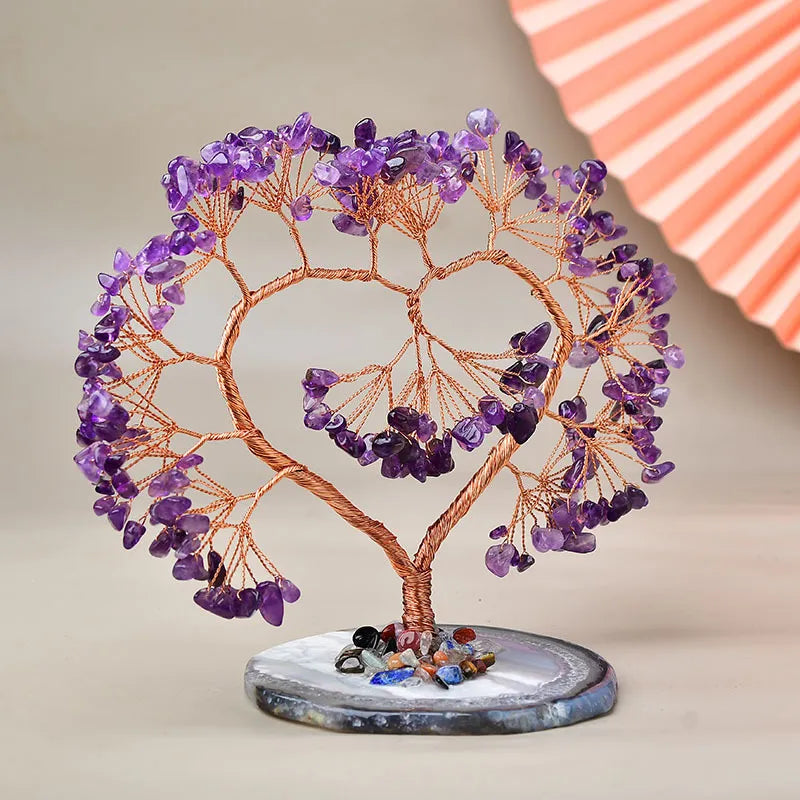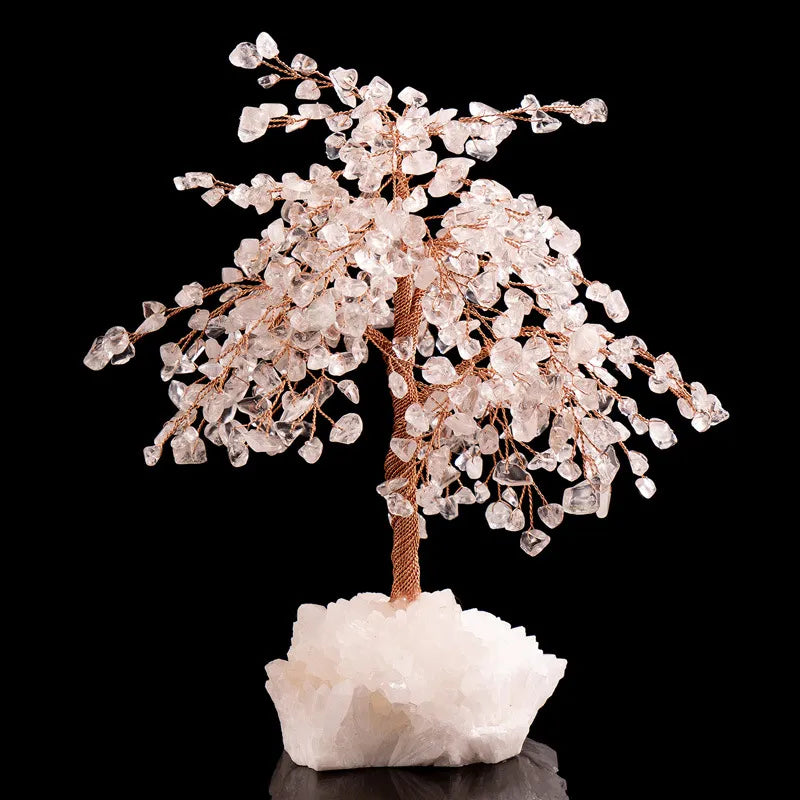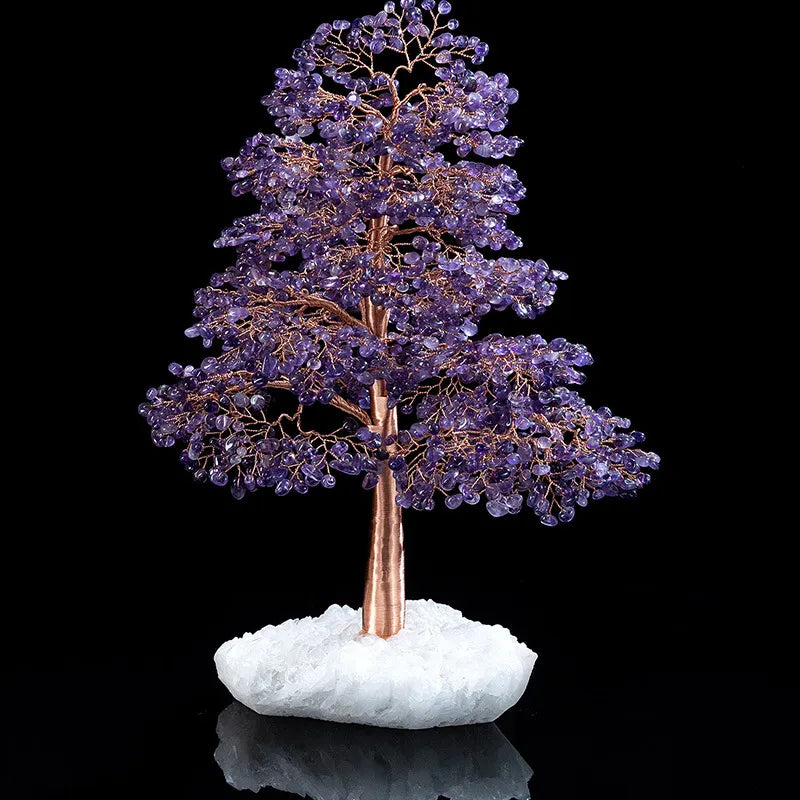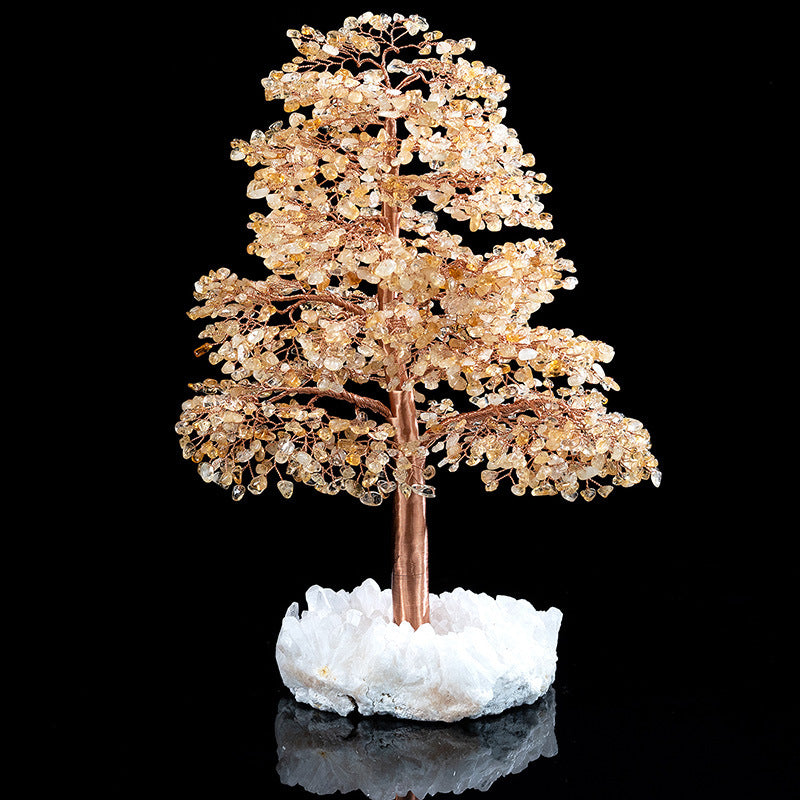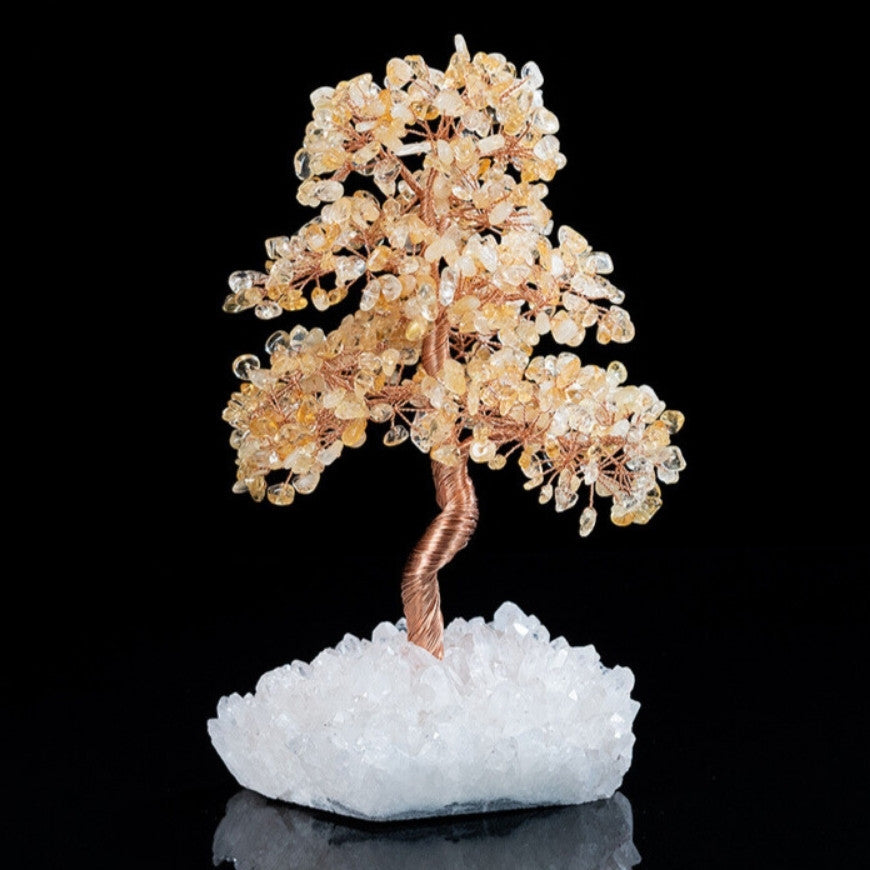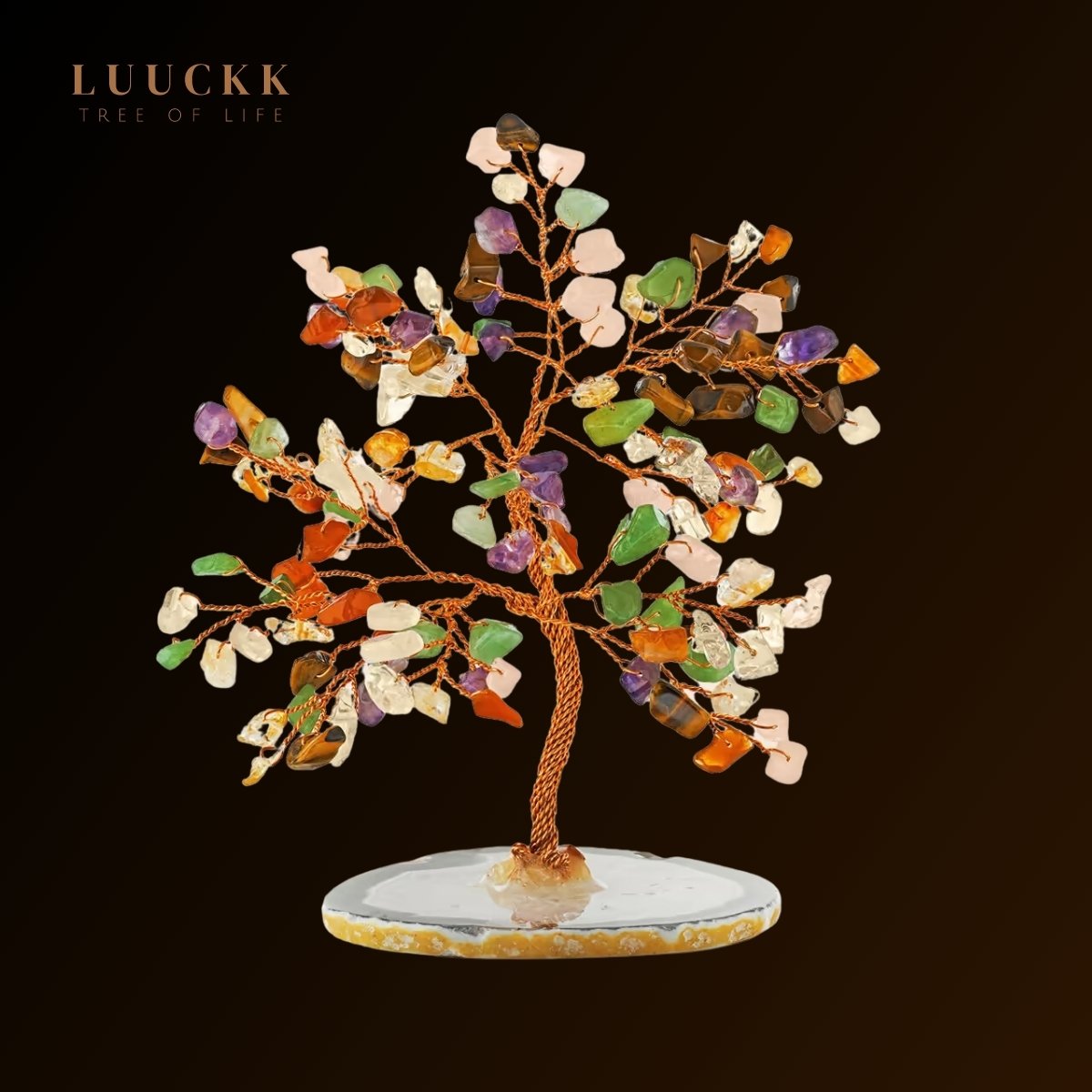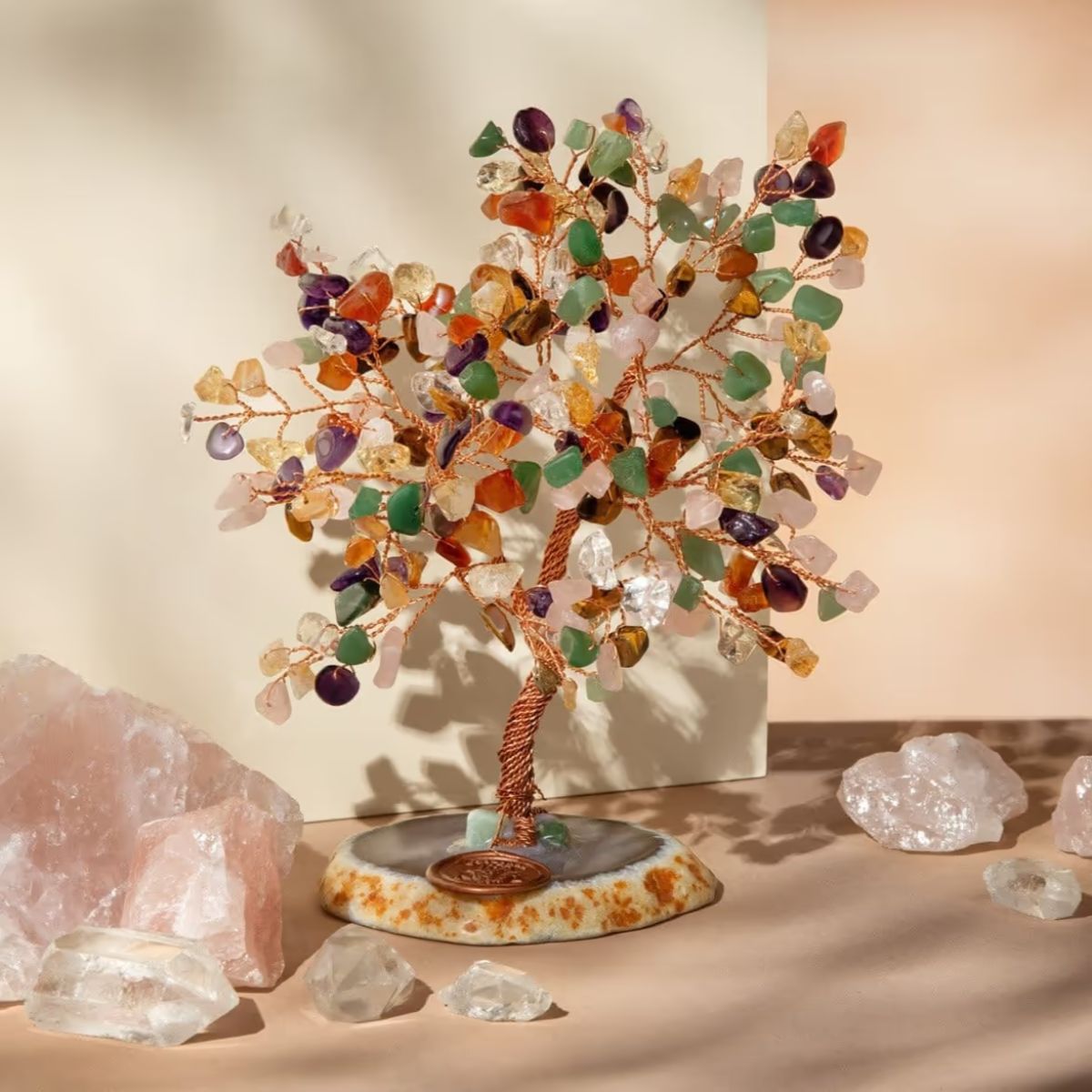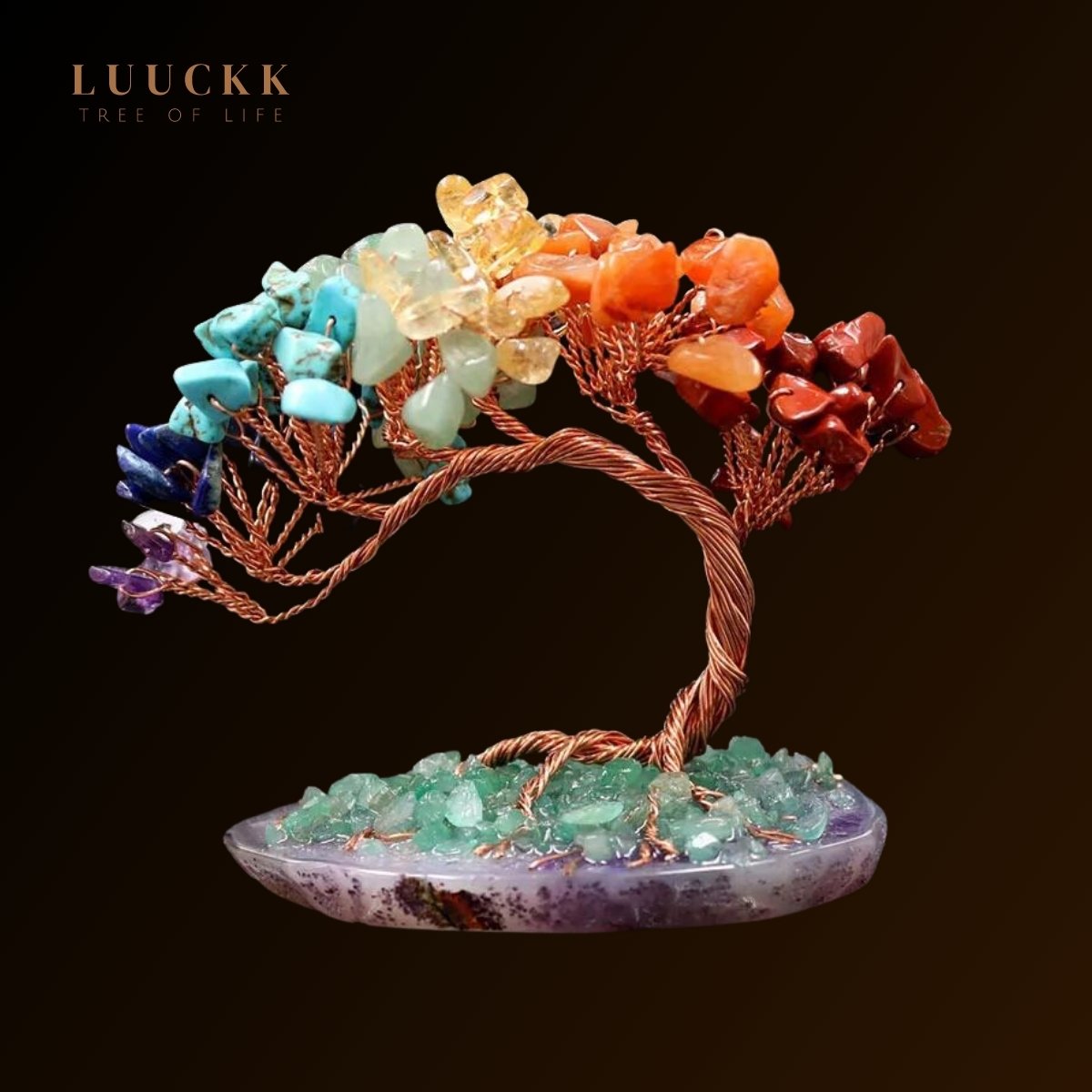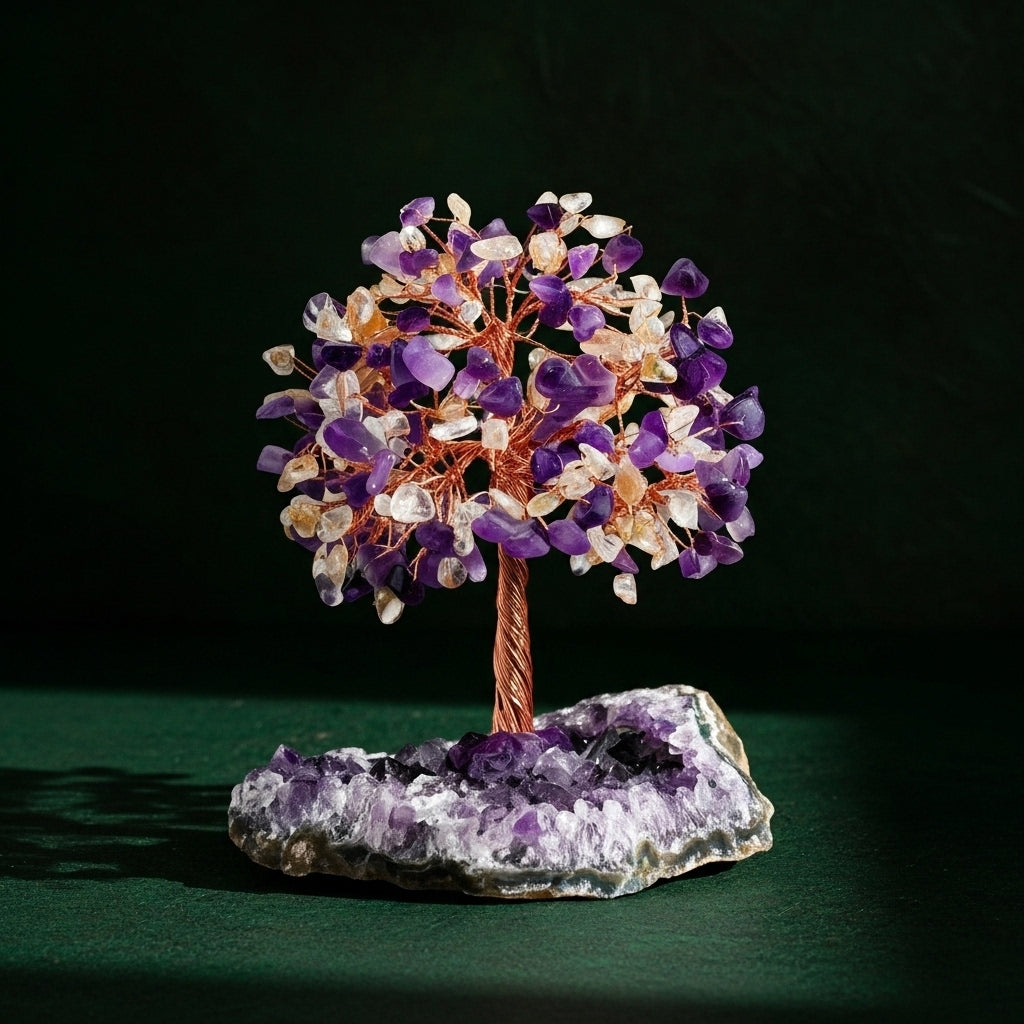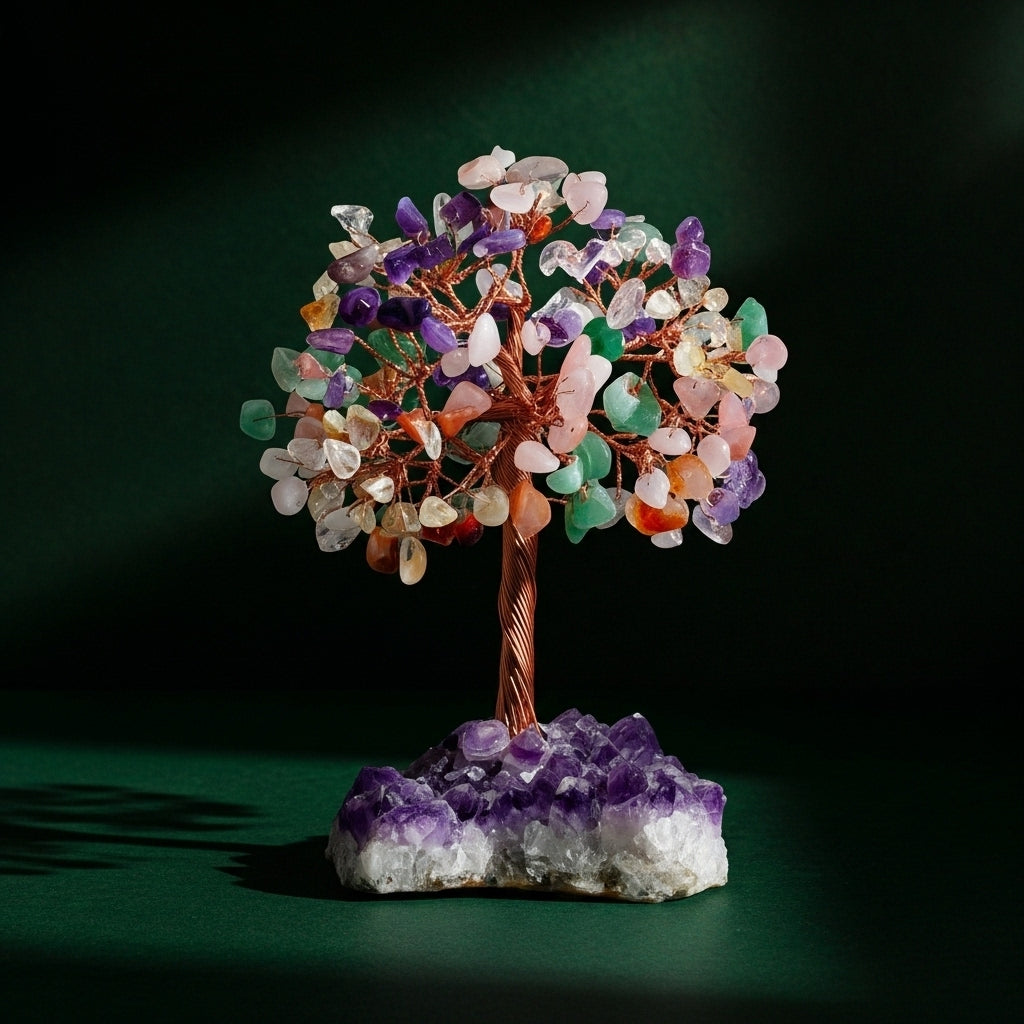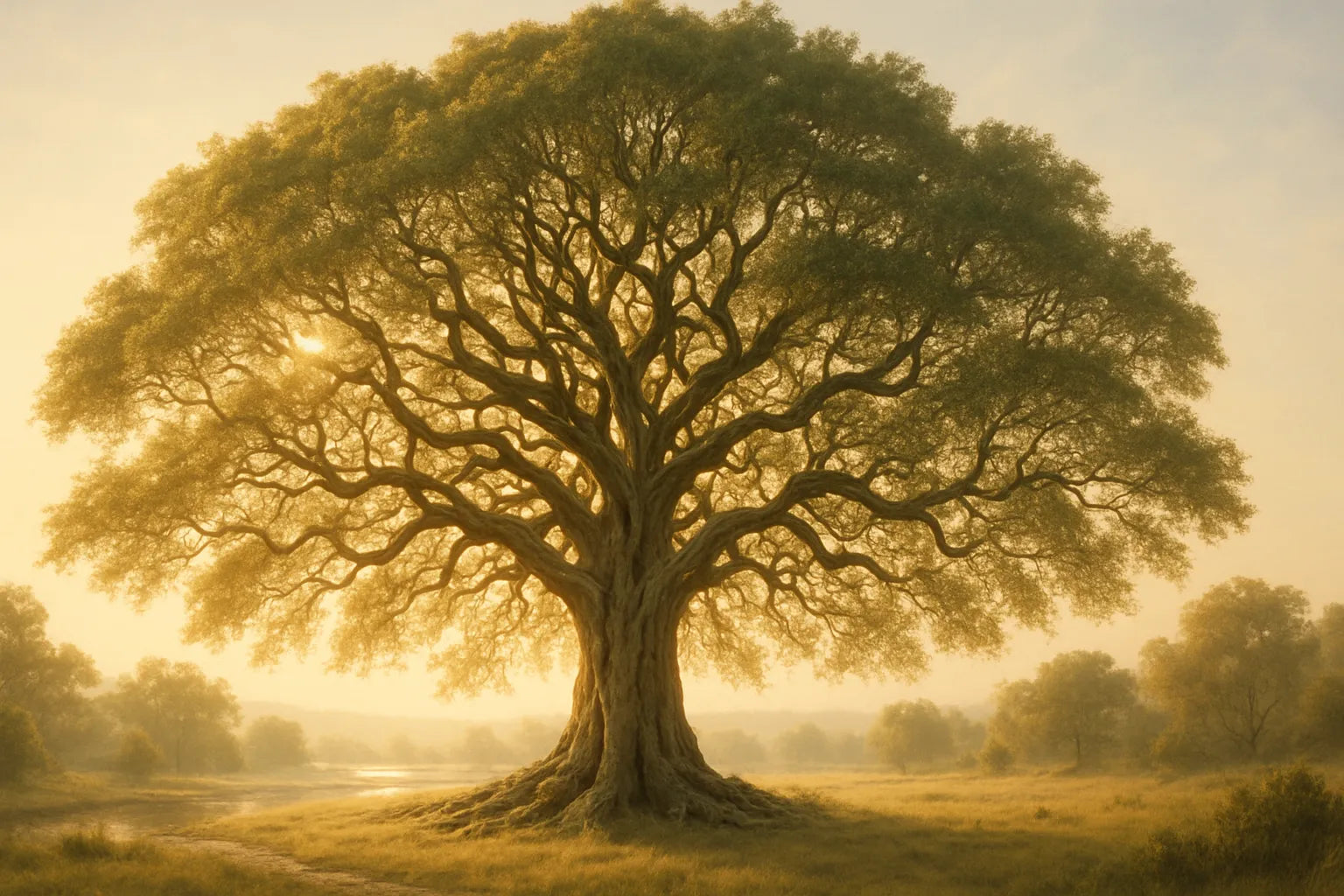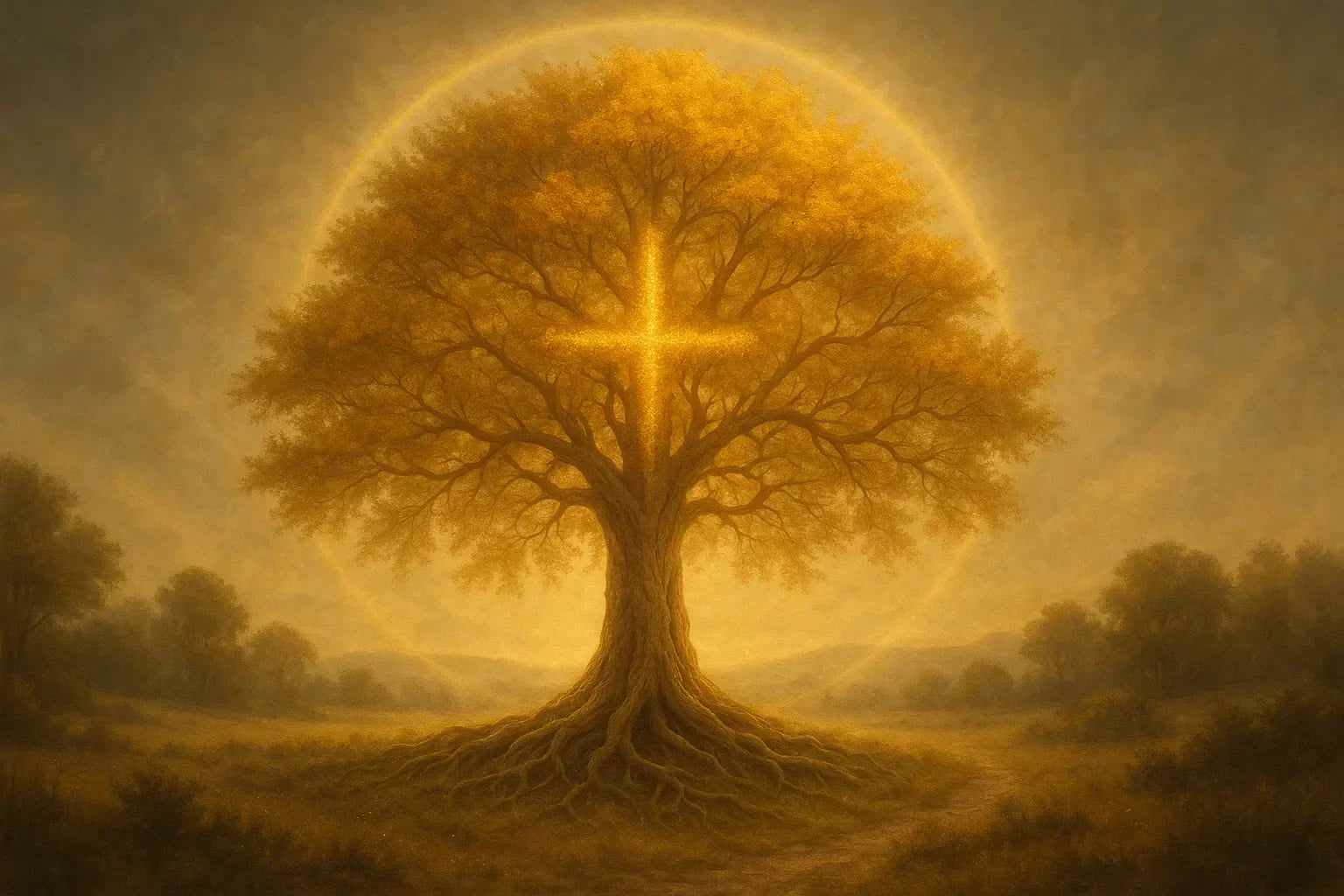
Meaning of the Tree of Life in Christianity
Introduction: The Tree of Life, a universal symbol to explore
Have you ever noticed that the Tree of Life is everywhere? From jewelry to wall decorations, from religious texts to modern spiritual practices, it seems this symbol spans time, cultures, and beliefs… and it’s no accident!
In almost every spiritual tradition, the Tree of Life embodies a universal idea: a deep connection between heaven, earth, and humanity. But today, let’s focus on a very specific field: Christianity.
What does the Tree of Life really mean for Christians? Why is it mentioned in Genesis and Revelation? And above all, why does this symbol remain so alive and inspiring even today?
In this article, we will dive into the biblical and theological roots of the Tree of Life, explore its symbolic significance, and reveal surprising connections with other traditions, such as Islam, Judaism, or Feng Shui.
Origin of the Tree of Life in the Bible: between Genesis and Revelation
The Tree of Life appears on the very first pages of the Bible—and… also on the last! It is therefore present both at the beginning and at the end of the biblical story, which is certainly no coincidence.
In Genesis: a gift of immortality put on hold
In the book of Genesis (2:9), God plants two trees at the center of the Garden of Eden: the Tree of Life and the Tree of the Knowledge of Good and Evil. While the latter is strictly forbidden to Adam and Eve, the former symbolizes immortality. But after the original transgression, access to the Tree of Life is blocked:
“He drove the man out, and he stationed cherubim and a flaming sword rotating to guard the way to the tree of life to the east of the Garden of Eden.” (Genesis 3:24)
In other words: man loses access to eternal life. But all hope is not lost…
In Revelation: the promise of restoration
Later, in the Revelation of John (22:2), we find this Tree of Life in the vision of the heavenly Jerusalem:
“In the middle of the street of the city, and on both banks of the river, stood the tree of life, bearing twelve crops, yielding its fruit every month; and the leaves of the tree were for the healing of the nations.”
Here, the Tree of Life becomes a symbol of hope, salvation, and spiritual healing. It represents the final restoration of humanity and reconciliation with God.

Christian symbol: what does the Tree of Life really represent?
In Christianity, the Tree of Life goes beyond a mere metaphor. It is embedded in a complex theological interpretation that combines symbolism, mysticism, and eschatology.
Eternal life offered by God
At the heart of the Christian message, the Tree of Life is the image of eternal life—not earned by human works, but offered by divine grace. It symbolizes the restored union between humanity and God after the Fall.
An image foreshadowing the cross of Christ?
Some theologians and mystics, such as Irenaeus of Lyons or Origen, see in the Tree of Life a foreshadowing of the cross of Christ. The cross, often called “the wood of life,” becomes the new Tree of Life through which eternal life is made accessible.
“By the tree, man fell; by the tree, man is saved.” – Irenaeus of Lyons
This analogy gives the Tree of Life additional depth: it becomes a symbol of Christian salvation.
Wisdom and divine presence
In the Christian tradition, the tree also represents divine wisdom (cf. Proverbs 3:18: “She is a tree of life to those who take hold of her.”). The Tree of Life thus becomes a connecting axis between heaven and earth, a channel of spiritual revelation.
To discover other spiritual symbolisms, see our article: Origin and Spiritual Meaning of the Tree of Life in Beliefs.
Tree of Life vs Tree of Knowledge: complementarity or opposition?
They are often confused, but they have very different functions in Genesis. One is a free gift (the Tree of Life), the other a temptation leading to the Fall (the Tree of Knowledge).
But note, this is not a Manichean opposition. The fruit of the knowledge of good and evil is not bad in itself: it is disobedience that is at issue. The Tree of Knowledge also symbolizes free will, the human capacity to choose… or to turn away from God.
Thus, these two trees embody two paths:
-
Life by grace (Tree of Life)
-
Knowledge through transgression (Tree of Knowledge)
The deeper message: true life cannot be separated from wisdom and spiritual obedience.
The Tree of Life in the Christian tradition: art, liturgy, and architecture
The Tree of Life is not just an abstract concept: it has left a strong imprint on Christian art.
In medieval churches
Many medieval cathedrals (such as Chartres) depict the Tree of Life in their stained glass windows or sculptures. It is sometimes associated with the cross, sometimes integrated into genealogical trees (such as Jesse’s tree).
In manuscripts and icons
In Byzantine art, one often finds symbolic representations of the Tree of Life surrounded by animals, rivers, or angels. It becomes a motif of cosmic reconciliation.
In liturgy and mystical prayers
Some rites, particularly in Eastern Christianity, refer to the Tree of Life as the center of the restored paradise, notably through the Eucharist: Christ as the fruit of the sacred tree.
For an overview of different traditions, see also our article: The Tree of Life in Religions: Symbols and Interpretations.

Parallels and differences with other religions
With Islam: a garden, a tree, a fall
In Islam as well, one finds mention of a tree in the original garden, often seen as a source of temptation. However, the Tree of Life as such does not carry the same symbolism as in Christianity. It rather evokes a hidden mystery and divine obedience.
For further reading: What Does the Tree of Life Mean in Islam?
With Judaism: the Kabbalah and the Sephirotic Tree
In Jewish Kabbalah, the Tree of Life takes on an even more esoteric dimension: it is formed of ten spheres (the sephirot) representing the different energies of God. It is a mystical schema of the universe and the human soul.
With Buddhism: the Tree of Enlightenment
The Tree of Life also echoes the sacred fig tree under which Buddha attained enlightenment. Although the beliefs differ, we find this universal theme: the vertical connection between the material and the spiritual.
For a comprehensive view, don’t miss: The Meaning of the Tree of Life in Different Cultures
The Tree of Life and modern life: inspiration and benefits
Today, the Tree of Life is no longer just a religious symbol. It inspires millions of people around the world, whether they are believers or not.
A symbol of growth and grounding
Wearing a Tree of Life piece of jewelry often means affirming a desire to root oneself, to rise, to stay connected to one’s values while evolving.
Emotional and spiritual benefits
Some associate the Tree of Life with virtues such as:
-
Emotional balance
-
Inner stability
-
Spiritual peace
These benefits are discussed in more detail in our article: Meaning of the Tree of Life and Benefits
Enhanced harmony thanks to Feng Shui
In Feng Shui, the Tree of Life is placed in certain areas of the home to enhance health, prosperity, and family harmony. A beautiful synthesis between Eastern traditions and Christian symbolism!
For further reading: Tree of Life and Feng Shui: Meaning, Use, and Customs
Conclusion: The Christian Tree of Life, a bridge between heaven and earth
From Genesis to Revelation, from ancient manuscripts to modern decorations, the Tree of Life spans the ages without ever losing its symbolic power.
For Christians, it is more than a tree: it is a promise, a hope, a divine presence. It reminds us that true life is found neither in raw knowledge nor in material possession, but in communion with the divine.
And you, are you ready to bring the Tree of Life into your daily life?
Further reading:
- Meaning of the Tree of Life and Benefits
- Origin and Spiritual Meaning of the Tree of Life in Beliefs
- The Tree of Life in Religions: Symbols and Interpretations
- What Does the Tree of Life Mean in Islam?
- The Meaning of the Tree of Life in Different Cultures
- Tree of Life and Feng Shui: Meaning, Use, and Customs
FAQ – Tree of Life in Christianity
1. What is the difference between the Tree of Life and the Tree of Knowledge?
The Tree of Life represents eternal life and divine grace, while the Tree of Knowledge symbolizes moral responsibility and human free will.
2. Where is the Tree of Life mentioned in the Bible?
It appears in Genesis (chapters 2 and 3) and in Revelation (chapter 22).
3. Can one wear Tree of Life jewelry as a Christian?
Yes, many Christians wear this symbol as a reminder of God’s presence and their faith.
4. What does the Tree of Life symbolize today in Christianity?
It symbolizes hope, spiritual healing, divine wisdom, and eternal life.
Suggested Products
Best products
